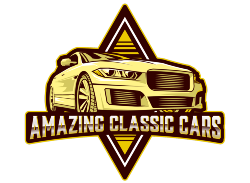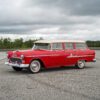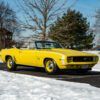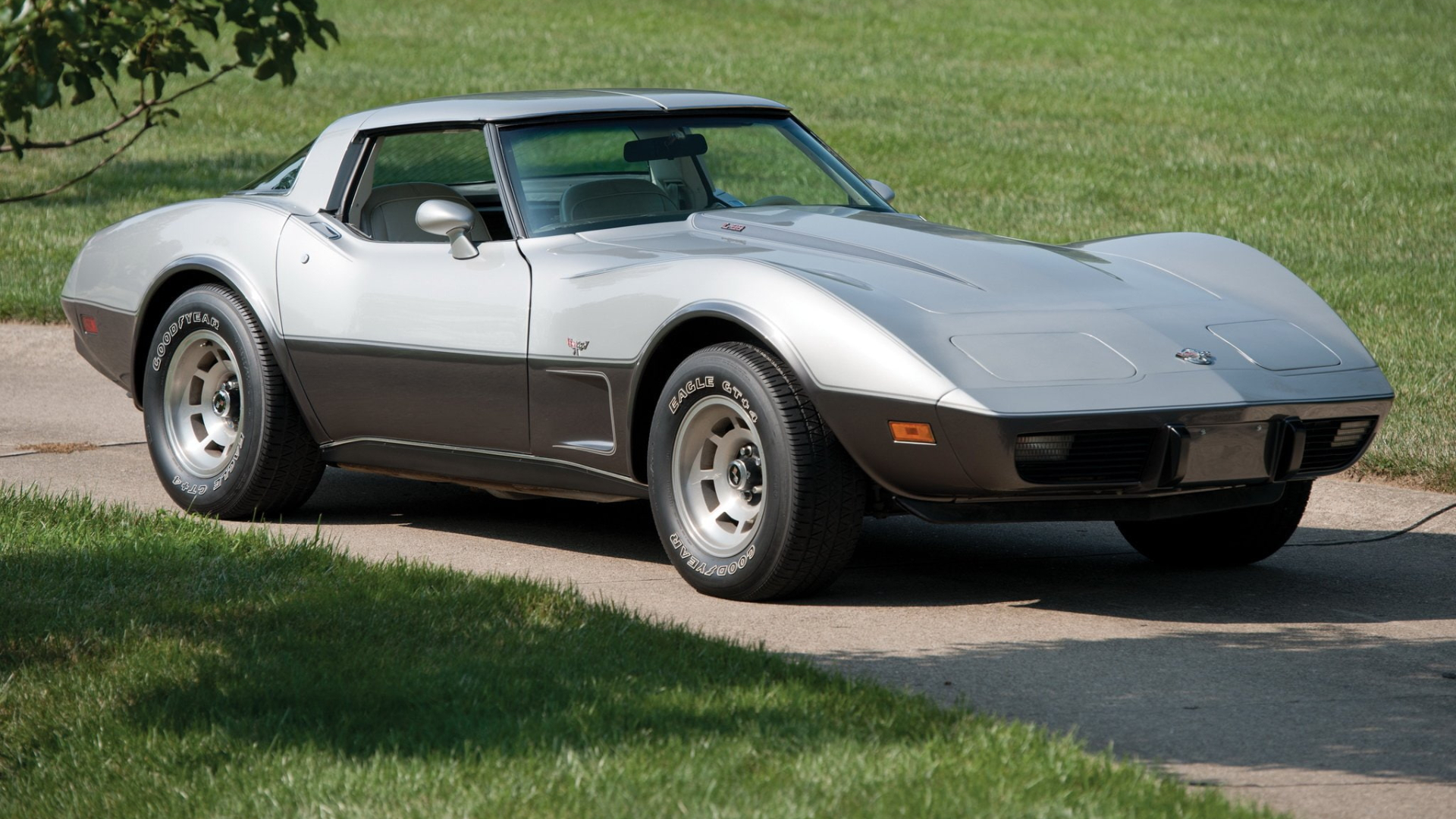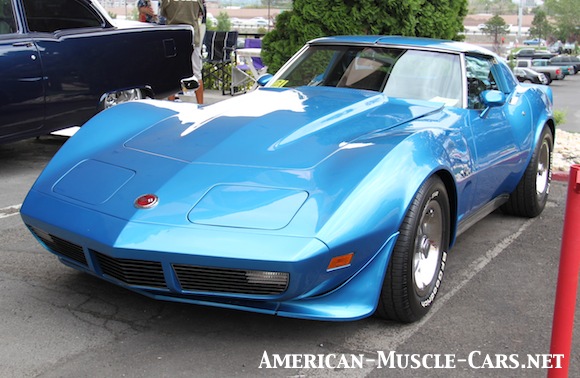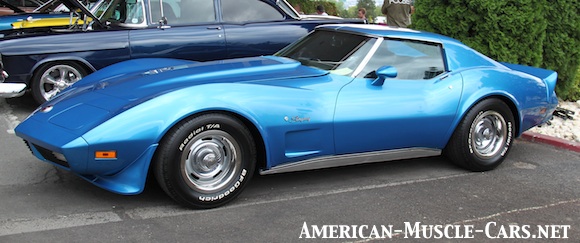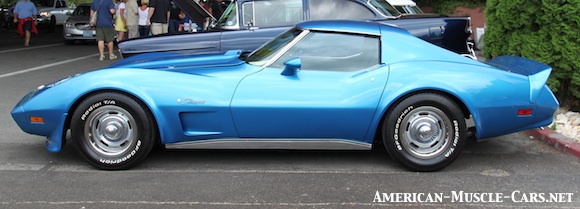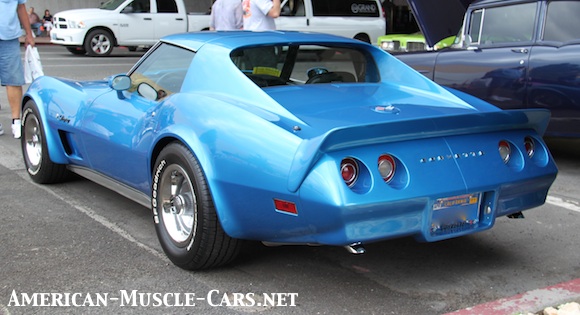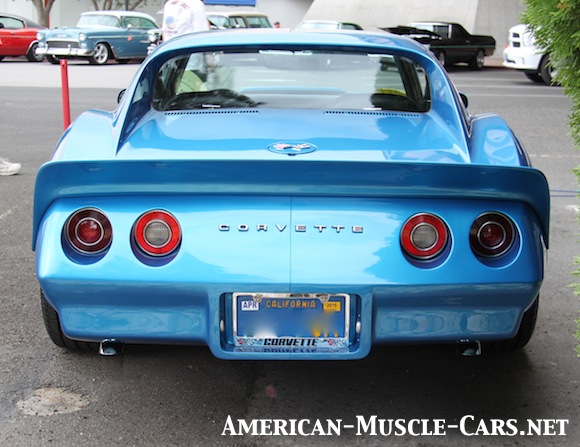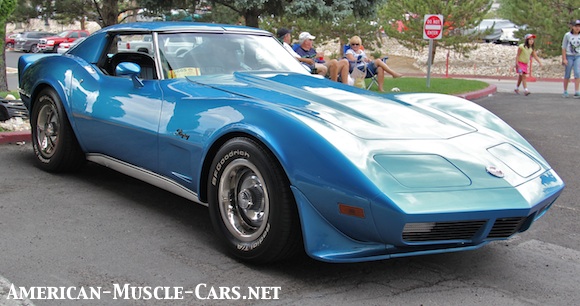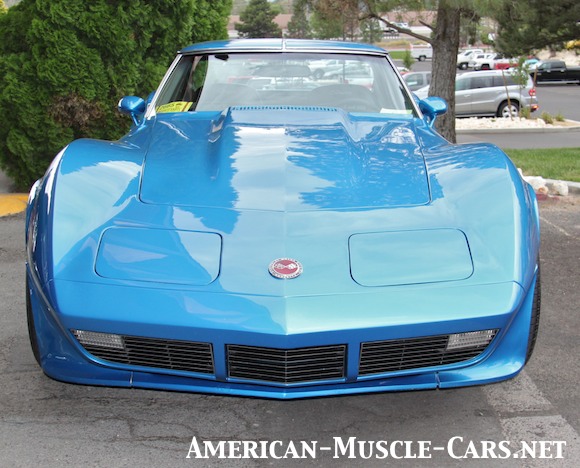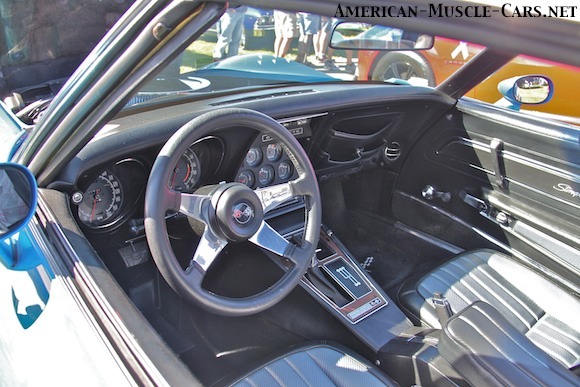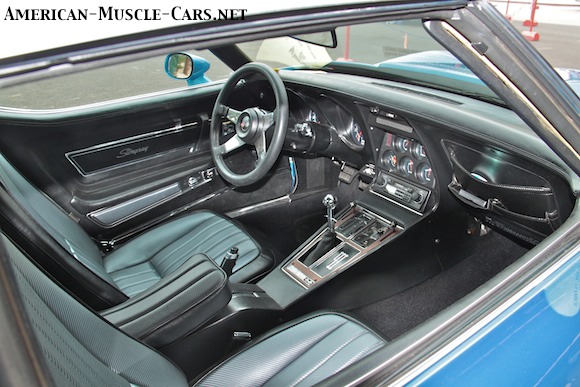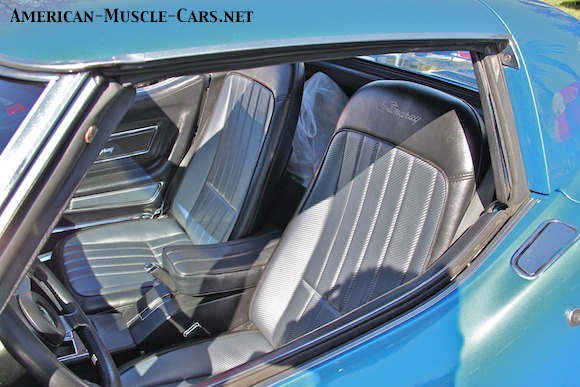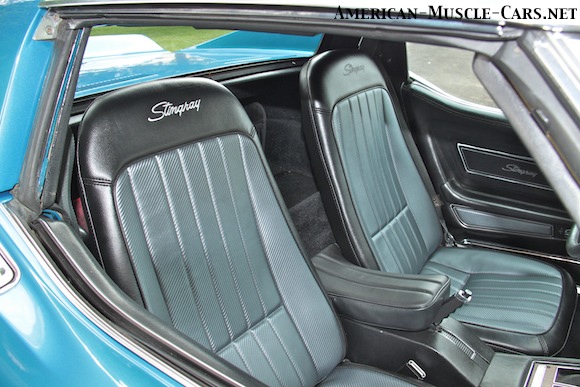1974 Chevrolet Corvette

1974 CHEVROLET CORVETTE – RUBBER BUMPERS
Classic Corvettes always had elegant chrome bumpers, and early C3s (3rd-Generation Corvettes, 1968-1981) had delicate bumperettes on all four corners. Federally-mandated 5MPH-crash standards forced Chevy to go with an energy-absorbing one-piece plastic nosecone for the 1973 model year, but the Feds hadn’t gotten around to rear-end crashes yet, so they were able to leave the rear chrome bumper alone for one last year. So, the ’73 had a rubber front bumper and a chrome rear bumper, the only year this was so. Because the Feds did get around to rear-enders, so by 1974, a rubber energy-absorbing rear bumper had to be adopted. Like the new nose, this changed the entire shape and look of the rear end. Gone was the little ‘ducktail’ spoiler and the recessed taillight panel. It was now a rather shapeless blob with “CORVETTE” embossed in it, and a vertical seam running down the middle. This first effort was a little rough, but they got it together soon enough, as subsequent years became quite attractive. Because of all this, Corvette-watchers refer to 1972-and-earlier Corvettes as “Chrome-Bumper Cars”, and 1973-and-later Corvettes as “Rubber Bumper Cars”.
1974 Chevrolet Corvette INTERIORS
1974 Chevrolet Corvette ENGINES
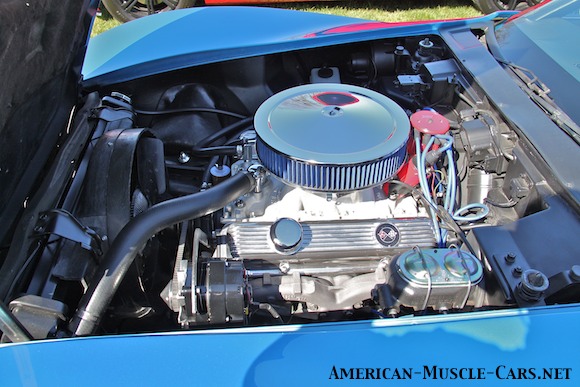
1974 CHEVROLET CORVETTE – ENGINE OPTIONS
The rubber front end had added 30 pounds to the nose, and now the new tail added 30 more pounds to the back. Add in some side-impact beams and the 1971 Chevrolet Corvette was becoming rather portly. Power was down in the engine room also. However, this was the last year without catalytic converters, and more significantly, the last year for the big block 454 V8. The once-might 454 “Rat” had been stripped of its teeth by ’74 however. This lower compression engine even received a new designation, LS4 (last year’s 454 was the LS5). With a meager 8.25:1 compression ratio, it was rated at only 270hp, less than half of what the 454 LS6 produced in 1970 (450hp). The stalwart 350 small block V8 soldiered on of course, in two forms. The base 350 engine was the Q3, available with either automatic or 4-speed, rated at 195hp. The upgrade 350 was the L82, available only with 4-speed manual, and rated at 250hp. Clearly this was the hot setup, nearly the power of the 454 without all the added weight of the big block. However, the performance was lukewarm at best, when measured against the standards of former Corvettes. And it was about to get worse. As bad as it was, the 454 was still a torque-monster, and this was its last year. From now on, it would be small blocks all the way.
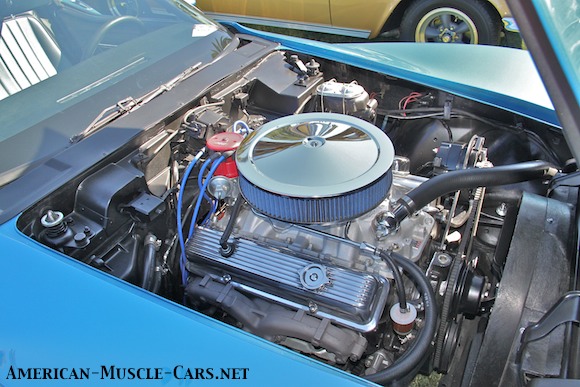
1974 Chevrolet Corvette SPECIFICATIONS
| Production (37,502)
Serial Numbers Base Price Wheelbase Overall Length Overall Width Overall Height Ground Clearance Track, F/R Wheel Size Tire Size ENGINE SPECS: Engine Type Displacement Engine Family Bore & Stroke Block Material ENGINE OPTIONS: |
CONVERTIBLE
5,474 1Z67X4S400001-1Z67X4S437502 $5,765.50 98.0″ 185.5″ 69.0″ 4.5″ 58.7″ / 59.4″ 8″ X 15″ F70-15 OHV 90-degree V8, 5 main bearings 350 ci / 5.7 liters Chevrolet Small Block V8 4.00″ X 3.48″ Cast Iron |
COUPE
32,028 1Z37X4S400001-1Z37X4S437502 $6,001.50 98.0″ 185.5″ 69.0″ 47.9″ 4.5″ 58.7″ / 59.4″ 8″ X 15″ F70-15 OHV 90-degree V8, 5 main bearings 454 ci / 7.4 liters Chevrolet Big Block V8 4.251″ X 4.00″ Cast Iron |
| RPO
Displacement Horsepower Torque, lb/ft Compression Valvetrain Fuel System |
Base ZQ3
350 190 @ 4400 rpm 300 @ 2800 rpm 8.5:1 Hydraulic Rochester Q-jet |
LS4
454 275 @ 4000 rpm 390 @ 3200 rpm 8.5:1 Hydraulic Rochester Q-jet |
LT82
350 250 @ 5200 rpm 285 @ 4000 rpm 9.0:1 Hydraulic Rochester 4-bbl 2.5″ Dual Exhaust |

